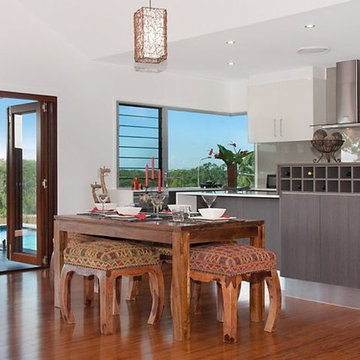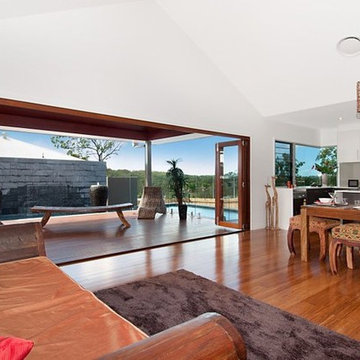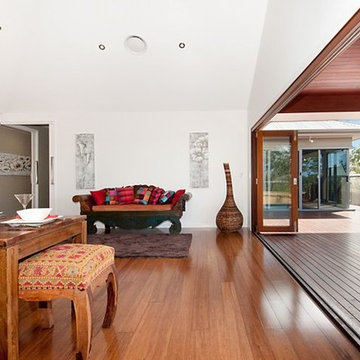アジアンスタイルのダイニング (竹フローリング、ベージュの壁) の写真
並び替え:今日の人気順
写真 1〜6 枚目(全 6 枚)
1/4
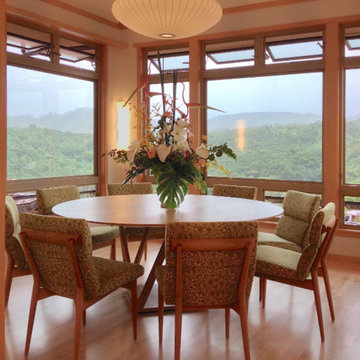
Maharishi Vastu, Japanese-inspired, passive cooling, ample light and view
ハワイにある広いアジアンスタイルのおしゃれなダイニング (ベージュの壁、竹フローリング、ベージュの床) の写真
ハワイにある広いアジアンスタイルのおしゃれなダイニング (ベージュの壁、竹フローリング、ベージュの床) の写真
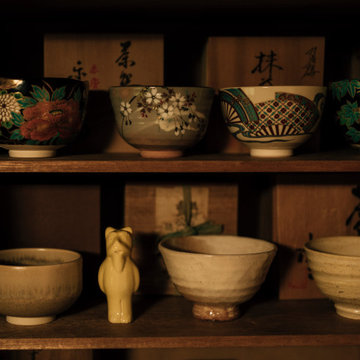
The Japanese tea ceremony is called "sado," literally "the way of tea." Originating in the 16th century, it is a highly ritualized meditative experience that reflects the principles of harmony, respect, purity, and tranquility. From that time to this day, this action has been the center of the Japanese spiritual life.
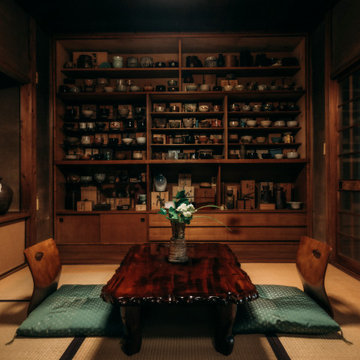
Every movement of the tea master is precise and defined. There are no random steps, gestures, or even breaths. This is not a ceremony, but rather a spiritual experience, like a prayer liturgy. This practice is at once an active meditation, a sensual experience, and the highest form of communication. "The art of tea is the art of life," says the host, and you make a subtle bow of respect.
アジアンスタイルのダイニング (竹フローリング、ベージュの壁) の写真
1
